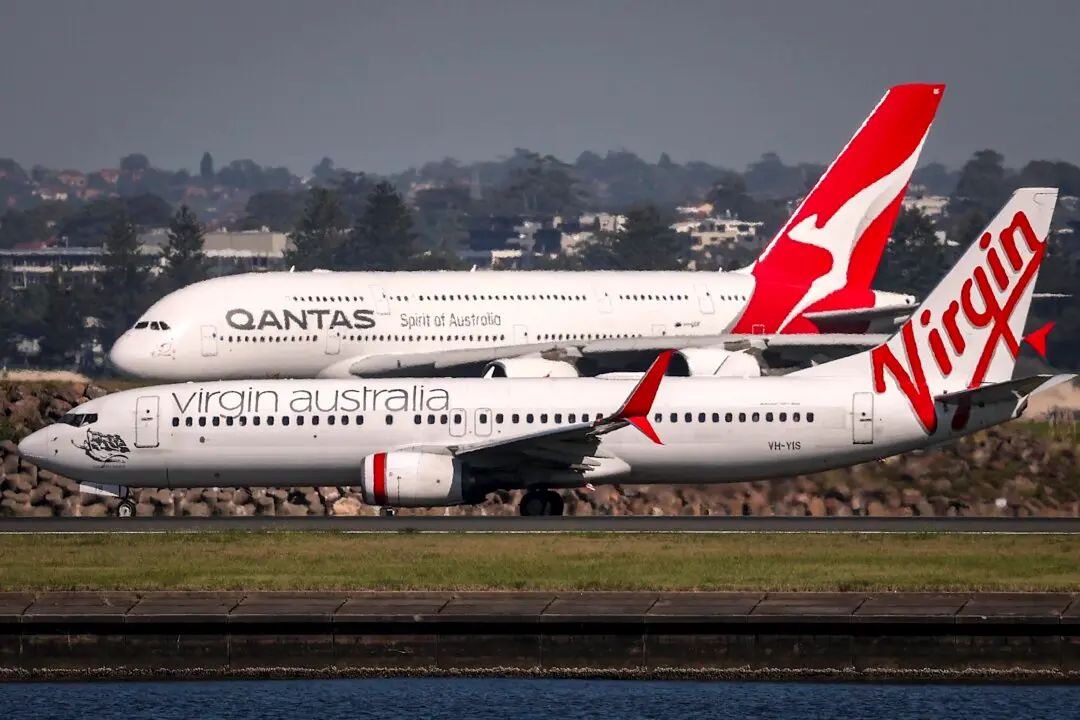The Australian government has released two national plans that provide a roadmap to tackle violence against women and children in the country.
It sets specific targets for ending violence, which include a 25 percent annual reduction in female victims of intimate partner murder.
In addition, the First Action Plan includes targets for encouraging more people across the community to reject violence against women.
The federal government said it was the first dedicated plan to acknowledge the differences in the causes of violence between Indigenous and non-Indigenous Australians.
Social Services Minister Amanda Rishworth highlighted the role of the action plans in combating violence against women.
“No woman or child should live in fear from violence. No woman or child should have their lives terrorised by someone who professed to love and care for them. No woman or child should have their lives ended prematurely due to that violence.”

Meanwhile, the dedicated action plan for Indigenous Australians was well received by Independent Senator Lidia Thorpe, who comes from an Aboriginal background.
The State of Violence Against Women in Australia
According to the latest personal safety study by the Australian Bureau of Statistics, two in five Australian women (39 percent) experienced violence from the age of 15.Around 22 percent were subject to sexual assaults, while 31 percent suffered physical violence.
Furthermore, one in four women reported being subject to violence by an intimate partner or family member.
Specifically, between July 2017 and June 2019, it was estimated that Indigenous females were 27 times more likely to be hospitalised due to family violence-related assaults.
Indigenous females aged 35-44 also had the highest rate of assault hospitalisation compared to other age groups.
Government’s Actions
As the federal government announced the two action plans, it outlined a series of actions that needed to be implemented to meet the targets for reducing violence against women.One of them involves committing resources to address coercive control in family and domestic violence.
There is also a need to provide services in prisons and detention centres for Indigenous people who are victims and perpetrators of family violence and bolster trauma-informed models of support.
The government intends to set up an advisory body for Aboriginal and Torres Strait Islander men, which will provide advice and leadership on issues such as family violence and gender equality, as well as programs and services dedicated to men and boys in general.
Funding education and training community mainstream workers, health professionals, and the justice sector is another essential area that needs government support.
The government said it had committed $2.3 billion (US$1.48 billion) over the 2022-23 and 2023-24 budgets to address women’s safety and facilitate the delivery of the action plans.







